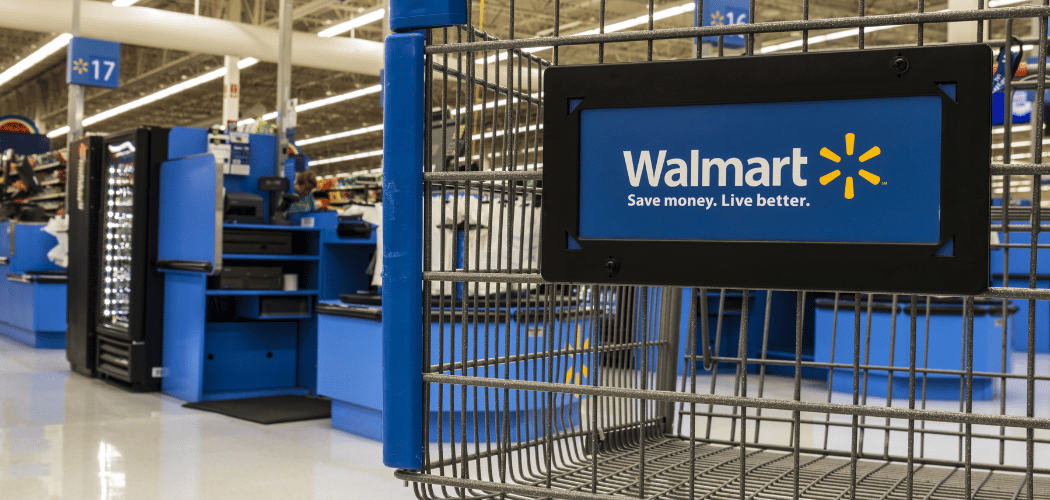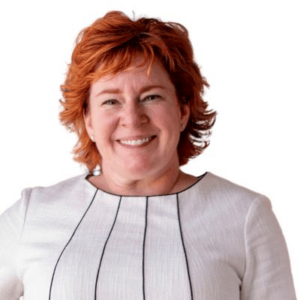5 Rules from Panera, Walmart and P.F. Chang’s
Seven in 10 companies plan to revamp their loyalty programs in 2023. For many, the relaunch includes a premium, or paid, loyalty option. Are members willing to pay? When the model delivers on these five guidelines, they do. Here’s how retailers and brands can tell if a paid program makes sense.
It’s no revelation that consumers like to get free stuff. If a loyalty program can convince its members that they’re getting something for free even when they’re paying for it, then it’s got the right stuff.
This “free for a fee” formula is the winning ticket to an emerging number of paid loyalty programs and/or program tiers that charge a regular fee in return for exclusive perks, such as free two-day shipping or unlimited drink refills.
In 2021, 95% of surveyed retailers said they were considering launching a paid program, according to Ebbo. Here’s why: Members of paid loyalty programs are 60% more likely to spend more with that program.
Members of free loyalty programs, meanwhile, are just 30% more likely to, according to McKinsey & Co.
Here’s Also Why More Companies Are Adopting Paid Loyalty: $
A paid program is a reliable revenue stream that can offset the costs of running the program. Further, programs in which members pay in advance for their privileges are the ultimate form of loyalty, and funding.
Think: members loaded $1 billion onto their Starbucks cards in 2022. These are essentially interest-free loans. In December 2022, Starbucks said it expected $3 billion to be loaded to Starbucks cards during the holiday season. In its second-quarter earnings call in early May, Starbucks executives said rewards members account for 57% of its U.S. company-operated revenue, marking “the highest contribution on record.” The company recorded $1.66 billion in stored value cards and loyalty program revenue in the fiscal second quarter 2023, compared with $1.64 billion the same period a year before.
5 Paid Loyalty Examples That Pay Off
A necessity of a paid loyalty option is that it has to profit members and the organization. The benefit, therefore, must have high value to the customer but be cost-manageable, generating additional purchases on a significant number of visits.
Following are some retailers and restaurant chains that appear to have gotten to the paid formula correct:
Panera Bread’s Unlimited Sip Club. The fast-casual restaurant chain’s membership program is simple: pay $11.99 per month and get unlimited coffees and self-serve drinks, as well as free delivery. Panera doesn't break out membership numbers of the Unlimited Sip Club, but overall membership of the MyPanera program is more than 52 million, the company said, and one in four of Panera's transactions come from Unlimited Sip Club members.
Walmart +. Walmart’s subscription-based membership offers loyalty-like benefits to subscribers who pay $98 a year, or $12.95 a month. Notably, benefits include free shipping (and returns), video streaming via Paramount+ and Pluto TV and early access to special deals. Walmart+, launched in 2020, counts 11.5 million members and, as of November 2022, generated $2.2 billion in fees.
P.F. Chang’s Platinum Rewards. For $6.99 a month, enrollees of this program, introduced inSeptember 2022, earn 20 points per every $1 spent, get priority on reservations, access to a VIP concierge and free delivery. No news on membership numbers yet, but P.F. Chang’s had boosted the points it issues since the program’s launch to 20 from 15. The private-equity firm that owns P.F. Chang’s, Paulson & Co., is investing $20 million to fund overall company growth, Bloomberg Law reported.
REI Co-op. This program is a one-and-done. For a one-time $30 payment, members of the outdoor gear chain get lifetime rewards, including an annual dividend worth 10% of all full-price purchases from the year before, access to special member-only sales and free shipping. Additionally, REI’s data bank ensures members and their purchases are remembered at each transaction. In March, REI reported that it issued $234 million in rewards to its 21 million Co-op members in 2022. (Note: REI’s dividend is a share of the company’s profit. If the company does not make a profit, as in 2020, members do not receive dividends. Instead, REI issued other rewards worth the equivalent of the dividends.)
Sweetgreen Sweetpass+. The bowl-and-salad chain in late April launched an upgraded premium program that, for $10 a month, rewards members with $3 off each daily order. Other perks include free delivery and exclusive “insider” opportunities. Sweetgreen executives have said that in the program’s 30-day pilot phase in January 2022, 16,000 customers signed up, and monthly visits rose.
Is A Subscription Model Right for You? Pros And Cons
While great for Panera, REI and other companies, paid rewards programs don’t make sense for all companies. These guidelines can help decision-makers determine whether a paid model pays off.
- The “win” is worth the price of admission. The member benefit, from free coffee to a monthly cash giveback, must be fast and worth the subscription price. Four in 10 of paying loyalty members expect to receive benefits within a week, and 31% have cancelled memberships due high fees. The trick for determining a worthwhile benefit is knowing what entices customers to return more frequently. A beauty retailer can give out monthly “mystery” gifts (such as samples). A home improvement chain can offer discounts that only premium members can see or offer private shopping hours.
- The program must be stupid-easy to understand. A premium rewards program is a paid product and needs to be an easy sell, especially during prolonged inflation. If the retailer can’t explain a relevant benefit in two sentences, then it should reconsider what it has to offer. It helps to look at the company through the eyes of customers and see what they anticipate when they visit the store or site. An established analytics platform will help make this possible.
- The retailer has an established loyalty platform. Because they’ve paid up front, members of subscription programs have higher expectations. In addition to getting benefits that are worth more than the fee, they believe they should be treated better. This takes advanced data insights, which are required for even free reward programs. If the company does not have the resources to accurately record member preferences and expectations, it should invest in the platform first. If it lacks the talent, it can hire a third party. There are plenty out there.
- The program can keep its promise. Again, because of high member expectations, the transactional proposition should not be downgraded. Reducing the value of the return on the member’s subscription fee will be perceived as breaking a contract, and that stink will cling to the entire company. Just consider the blowback Starbucks and Dunkin’ endured when they upped the number of points it takes for members to earn rewards, and those aren’t paid programs.
- It can absorb the numbers. Paid programs will likely attract fewer members, so companies should have the economies to support a smaller market. That said, a free program with an optional paid tier can better manage the cost, because paying members are essentially a walled garden – only they get the best offers and discounts, because they’ve funded them. A loyalty expert can crunch the numbers and advise on the paid-tier giveaways more likely to generate other purchases, to further offset the cost.
It Pays to Have The ‘Right Stuff’ In Loyalty
As more consumers accept the idea of paying for loyalty memberships (thank you, Amazon Prime), retailers should anticipate the bar to be raised. Demand attracts competition, and cookie-cutter models will quickly become ho-hum.
A paid program has the right stuff when its analytics can pinpoint precisely what its members will gladly pay for. That “stuff” might change with time, so all transactions should be monitored with added discipline.
This article originally appeared in Forbes.
Follow me on Twitter or LinkedIn.
Forbes.com retail contributor Jenn McMillen is nationally renowned as the architect of GameStop’s PowerUp Rewards, and is Founder and Chief Accelerant of Incendio, a firm that builds and fixes marketing, consumer engagement, loyalty and CRM programs. Incendio provides a nimble, flexible and technology-agnostic approach without the big-agency cost structure and is a trusted partner of some of the biggest brands in the U.S.



